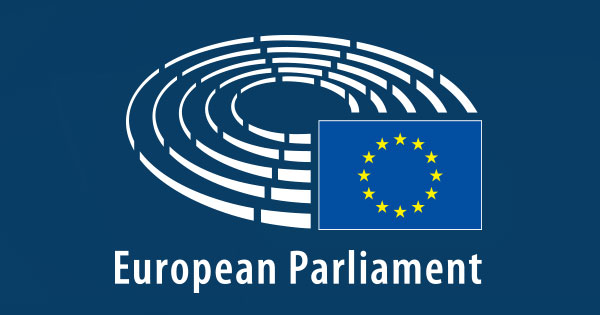The new measures goal to make packaging used in the EU safer and more sustainable, by requiring all packaging to be recyclable, minimising the presence of dangerous substances, lowering pointless packaging, boosting the uptake of recycled content material and bettering assortment and recycling.
Much less packaging and proscribing sure packaging codecs
The settlement units packaging discount targets (5% by 2030, 10% by 2035 and 15% by 2040) and requires EU international locations to cut back, in specific, the quantity of plastic packaging waste.
In keeping with the deal, sure single use plastic packaging codecs, akin to packaging for unprocessed recent fruit and greens, packaging for meals and drinks stuffed and consumed in cafés and eating places, particular person parts (for e.g. condiments, sauces, creamer, sugar), lodging miniature packaging for toiletry merchandise and shrink-wrap for suitcases in airports, could be banned from 1 January 2030.
MEPs additionally ensured a ban on very light-weight plastic provider luggage (beneath 15 microns), except required for hygiene causes or supplied as main packaging for free meals to assist forestall meals wastage.
Banning the use of “endlessly chemical substances”
To forestall opposed well being results, Parliament secured the introduction of a ban on the use of so known as “endlessly chemical substances” (per- and polyfluorinated alkyl substances or PFASs) in meals contact packaging.
Encouraging reuse and refill choices for shoppers
Negotiators agreed to set a selected goal for reusable packaging for alcoholic and non-alcoholic drinks by 2030 (not less than 10%). Member states might grant a five-year derogation from these necessities below sure circumstances.
Closing distributors of drinks and take-away meals in the meals service sector could be obliged to supply shoppers the possibility of bringing their very own container. They’d even be required to endeavour to supply 10% of merchandise in a reusable packaging format by 2030.
As well as, at Parliament’s request, member states are required to incentivise eating places, canteens, bars, cafés and catering companies to serve faucet water, (the place out there, for free or for a low service price) in a reusable or refillable format.
Recyclable packaging, higher waste assortment and recycling
Negotiators agreed that every one packaging ought to be recyclable, fulfilling strict standards to be outlined by way of secondary laws. Sure exemptions are foreseen for light-weight wooden, cork, textile, rubber, ceramic, porcelain or wax.
Different agreed measures embody:
– minimal recycled content material targets for any plastic a part of packaging;
– minimal recycling targets by weight of packaging waste generated and elevated recyclability necessities;
– 90% of single use plastic and steel beverage containers (as much as three litres) to be collected individually by 2029 (deposit-return techniques).
Quote
Rapporteur Frédérique Ries (Renew, BE) stated: “For the first time in an environmental regulation, the EU is setting targets to cut back packaging consumption, no matter the materials used. We name on all industrial sectors, EU international locations and shoppers to play their half in the battle in opposition to extra packaging. The ban on endlessly chemical substances in meals packaging is a superb victory for the well being of European shoppers. It was additionally important that environmental ambitions meet industrial actuality. The deal fosters innovation and consists of exemptions for micro-enterprises.”
Subsequent steps
Parliament and Council must formally approve the settlement earlier than it might enter into pressure.
Background
In 2018, packaging generated a turnover of EUR 355 billion in the EU. It’s an ever-increasing source of waste, the EU whole having elevated from 66 million tonnes in 2009 to 84 million tonnes in 2021. Every European generated 188.7 kg of packaging waste in 2021, a determine that’s anticipated to extend to 209 kg in 2030 with out further measures.
